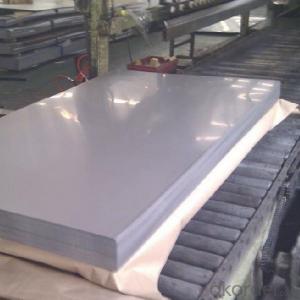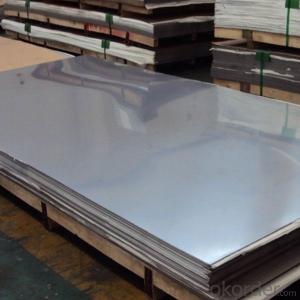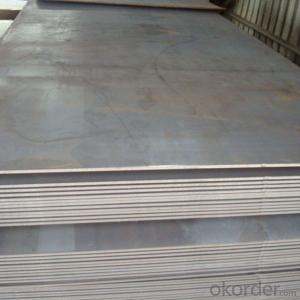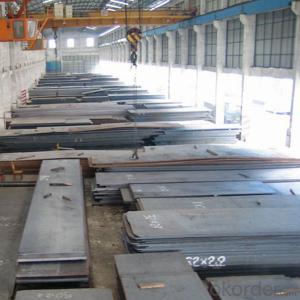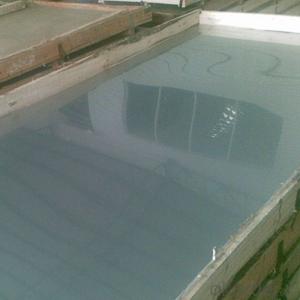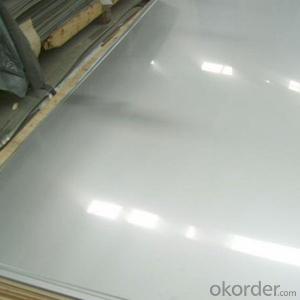Hot Rolled Plate Steel 2016 New Desigh With Cheap Price
- Loading Port:
- Tianjin
- Payment Terms:
- TT OR LC
- Min Order Qty:
- 25 m.t.
- Supply Capability:
- 10000 m.t./month
OKorder Service Pledge
OKorder Financial Service
You Might Also Like
Item specifice
DESCRIPTION:
GRADE: SS400, ASTM A36, A572, ST37,ST52, Q195, Q215, Q235,Q345, S235JR etc.
STANDARD: GB/T709-2006, ASTM A36, JIS G3101, DIN EN 10025, SAE 1045, ASTM A570
SPEC: 1)Width: 600-2500mm or 1000,1050,1250,1500,1800,2000mm
2)Thickness:1.5mm-200mm or as customers’ special requirements;
3)Length: 2-12m or as customers’ special requirements
PACKING:
1.Big thickness:by bulk vessel
2.Small thickness:packed by steel strips and shipped by container
3.According to the requirements of customers'
TRADE TERMS :FOB, CFR, CIF
DETAILED PICTURES FOR STEEL COILS
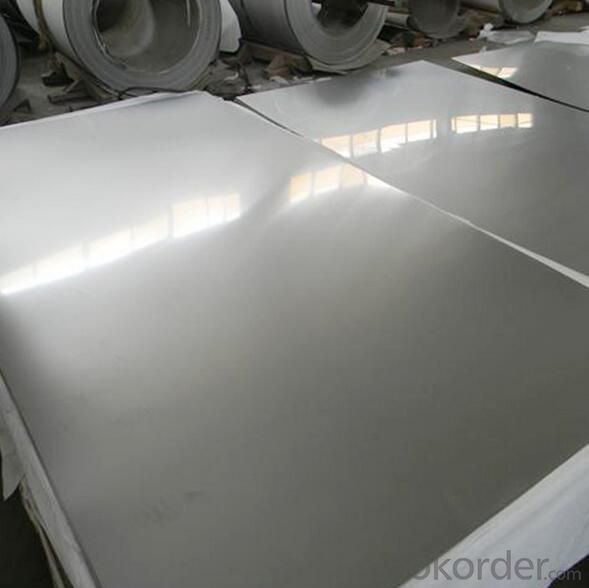

FAQ:
Q:Do you have OEM service?
A: Yes.Variety of products size,quality and quantity can be customized according to your need.
Q:Could you support free sample?
A:Yes.We can supply FREE samples.But the delivery charges will be covered by our customers.
Q:How about the delivery time?
A:Within 15-30days after receiving the deposit or L/C at sight.
- Q:What's the best way to open a 10mm thick steel sheet?
- Steel plate is a kind of flat steel with big width ratio and large surface area. According to the thickness of plate Ya divided into thick and thin plates two specifications.
- Q:The difference between color steel and stainless steel
- The difference is that an ordinary steel plate is painted with antirust paint and one is made of stainless steelThe same is true of steel, steel and steelIt's essentially different
- Q:Are steel sheets suitable for cold storage applications?
- Cold storage applications can benefit from the use of steel sheets. Steel, known for its durability and strength, can withstand the low temperatures typically required for cold storage. This material is resistant to corrosion and does not absorb moisture, making it ideal for maintaining the cold air within the storage area. In addition, steel sheets are easy to clean and sanitize, ensuring the hygiene and safety of stored items. With excellent insulation properties, steel helps maintain a consistent temperature within the cold storage facility. Furthermore, steel sheets can be customized and fabricated to meet specific size and shape requirements for cold storage. In conclusion, steel sheets provide a reliable and practical solution for cold storage needs.
- Q:Can steel sheets be used for storage racks or shelving?
- Yes, steel sheets can be used for storage racks or shelving. Steel sheets are durable, strong, and resistant to damage, making them suitable for heavy-duty storage applications. Additionally, their versatility allows for customization and various configurations to meet specific storage needs.
- Q:Can steel sheets be used for industrial shelving?
- Yes, steel sheets can be used for industrial shelving. Steel is a strong and durable material that can support heavy loads, making it ideal for creating sturdy shelving units in industrial settings. Steel sheets can be easily fabricated into shelves of various sizes and shapes to meet specific storage requirements.
- Q:Can the steel sheets be easily joined with adhesive?
- Yes, steel sheets can be easily joined with adhesive. Adhesive bonding is a commonly used method for joining steel sheets together as it offers numerous advantages. Adhesives provide a strong and durable bond between the sheets, allowing for a seamless connection. They also distribute stress evenly across the joint, reducing the likelihood of failure. In addition, adhesive bonding does not require heat or specialized equipment, making it a cost-effective and efficient solution. However, it is important to select the appropriate adhesive for the specific type of steel and surface preparation is crucial to ensure proper adhesion. Overall, when done correctly, adhesive bonding can effectively join steel sheets together.
- Q:Can steel sheets be used in the food processing industry?
- Yes, steel sheets can be used in the food processing industry. Steel is a highly versatile and durable material that is commonly used in various applications in the food processing industry. Steel sheets are often used for constructing equipment and machinery such as tables, work surfaces, shelves, cabinets, and containers. Steel sheets have several properties that make them suitable for use in the food processing industry. Firstly, steel is resistant to corrosion, which is essential in an environment where food and liquids are constantly present. This resistance to corrosion ensures that the steel sheets maintain their structural integrity and do not contaminate the food being processed. Secondly, steel is easy to clean and sanitize, which is crucial in maintaining high standards of hygiene in the food processing industry. Steel sheets can be easily wiped clean, and their smooth surface prevents the accumulation of dirt, bacteria, and other contaminants that could potentially affect the quality and safety of the food. Additionally, steel sheets are strong and can withstand heavy loads and physical impacts. This makes them suitable for use in equipment and machinery that handle large quantities of food or require frequent movement or transportation. Moreover, steel is a non-porous material, meaning that it does not absorb or retain odors, flavors, or stains from the food being processed. This property ensures that the steel sheets do not affect the taste or quality of the food. In conclusion, steel sheets are commonly used in the food processing industry due to their durability, resistance to corrosion, ease of cleaning, and non-porous nature. They provide a reliable and hygienic solution for constructing equipment and machinery that is essential for food processing operations.
- Q:What are the different surface treatments available for steel sheets to enhance their appearance?
- There are several surface treatments available for steel sheets to enhance their appearance. Some common methods include polishing, brushing, and painting. Polishing involves using abrasive materials to create a smooth and shiny surface. Brushing uses wire brushes to create a textured and matte finish. Painting involves applying a layer of paint to add color and protection to the steel sheet. Additionally, there are also options like galvanizing, which involves coating the steel with a layer of zinc to prevent corrosion and give it a metallic look.
- Q:What are the different jointing methods for steel sheets?
- Steel sheets can be joined using various methods, depending on specific requirements and applications. Common jointing methods for steel sheets include welding, bolting, riveting, adhesive bonding, and mechanical fasteners. Welding is widely used, involving melting the steel sheet edges and joining them by applying heat and pressure. Different welding techniques, like arc welding, gas welding, or laser welding, can be used depending on the steel sheet thickness and type. Bolting involves using bolts and nuts to join steel sheets together. This method is suitable for easily disassembling or replacing joints and can be used for both permanent and temporary connections. Riveting is another method, using rivets to join steel sheets. Rivets are cylindrical metal pins inserted through holes in the sheets and deformed to secure the joint. Riveting is ideal for applications requiring high shear strength. Adhesive bonding uses specialized adhesives to join steel sheets. This method provides a strong and durable joint, suitable when welding or other mechanical jointing methods are not suitable. Adhesive bonding also distributes stress more uniformly across the joint. Mechanical fasteners, like clips, clamps, or brackets, can be used to join steel sheets. These fasteners offer a secure and reliable connection without requiring welding or other permanent jointing methods. They are commonly used when ease of assembly and disassembly is necessary. In conclusion, the choice of jointing method for steel sheets depends on factors such as the application, desired strength and durability, and ease of assembly and disassembly. Careful consideration of these factors is essential to ensure a successful and reliable connection.
- Q:Are the steel sheets susceptible to rusting?
- Certainly, steel sheets can be prone to rusting. Rust forms due to the chemical reaction involving iron, oxygen, and moisture. Given that steel is mostly composed of iron, it can readily corrode upon contact with air and water. Nevertheless, the degree of rusting varies based on factors like the steel type, environmental circumstances, and the availability of protective coatings. To thwart rusting, people frequently apply substances such as zinc or paint onto steel sheets to establish a barrier between the steel surface and its surroundings. Additionally, taking regular care and storing the sheets properly can significantly reduce the likelihood of rust formation.
1. Manufacturer Overview |
|
|---|---|
| Location | |
| Year Established | |
| Annual Output Value | |
| Main Markets | |
| Company Certifications | |
2. Manufacturer Certificates |
|
|---|---|
| a) Certification Name | |
| Range | |
| Reference | |
| Validity Period | |
3. Manufacturer Capability |
|
|---|---|
| a)Trade Capacity | |
| Nearest Port | |
| Export Percentage | |
| No.of Employees in Trade Department | |
| Language Spoken: | |
| b)Factory Information | |
| Factory Size: | |
| No. of Production Lines | |
| Contract Manufacturing | |
| Product Price Range | |
Send your message to us
Hot Rolled Plate Steel 2016 New Desigh With Cheap Price
- Loading Port:
- Tianjin
- Payment Terms:
- TT OR LC
- Min Order Qty:
- 25 m.t.
- Supply Capability:
- 10000 m.t./month
OKorder Service Pledge
OKorder Financial Service
Similar products
New products
Hot products
Hot Searches
Related keywords
